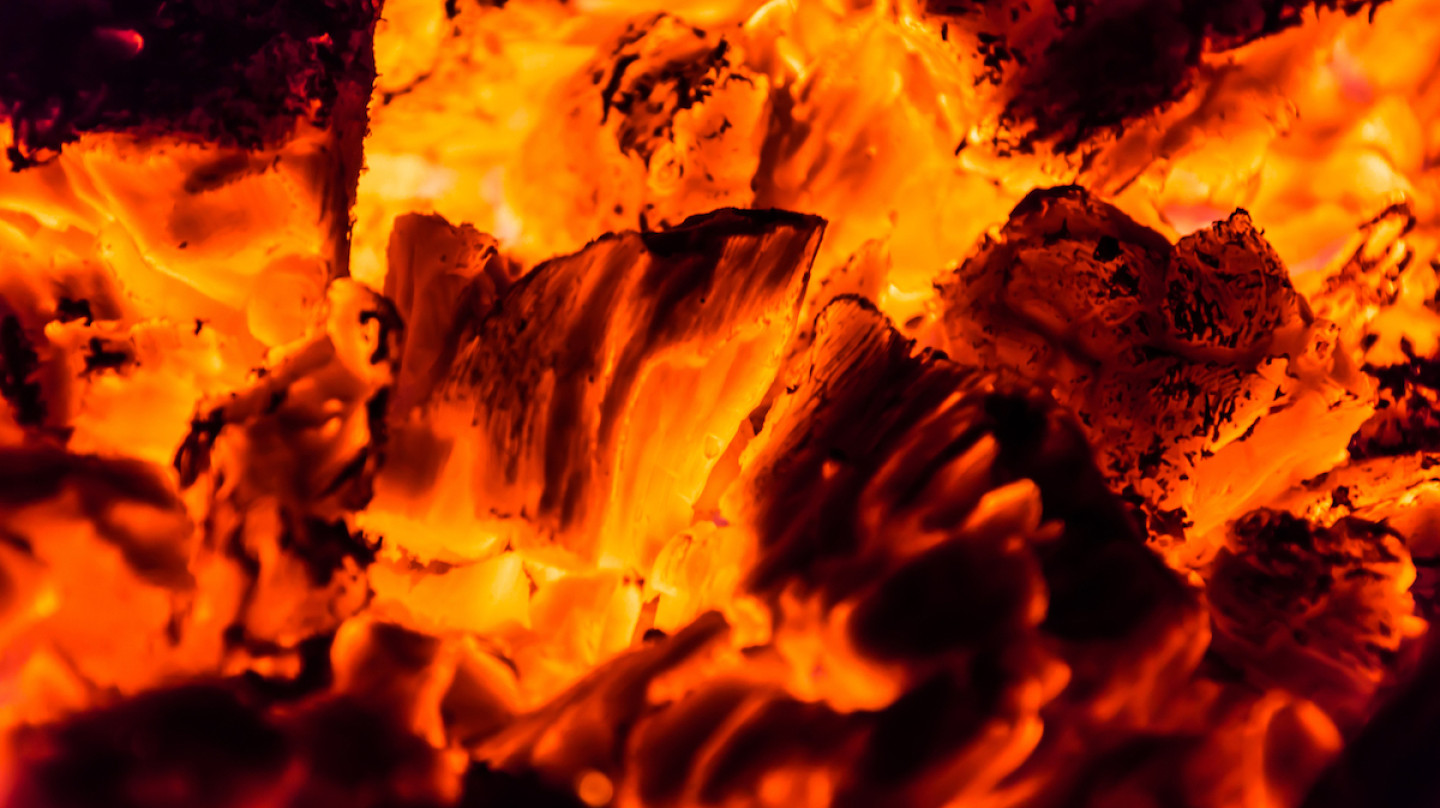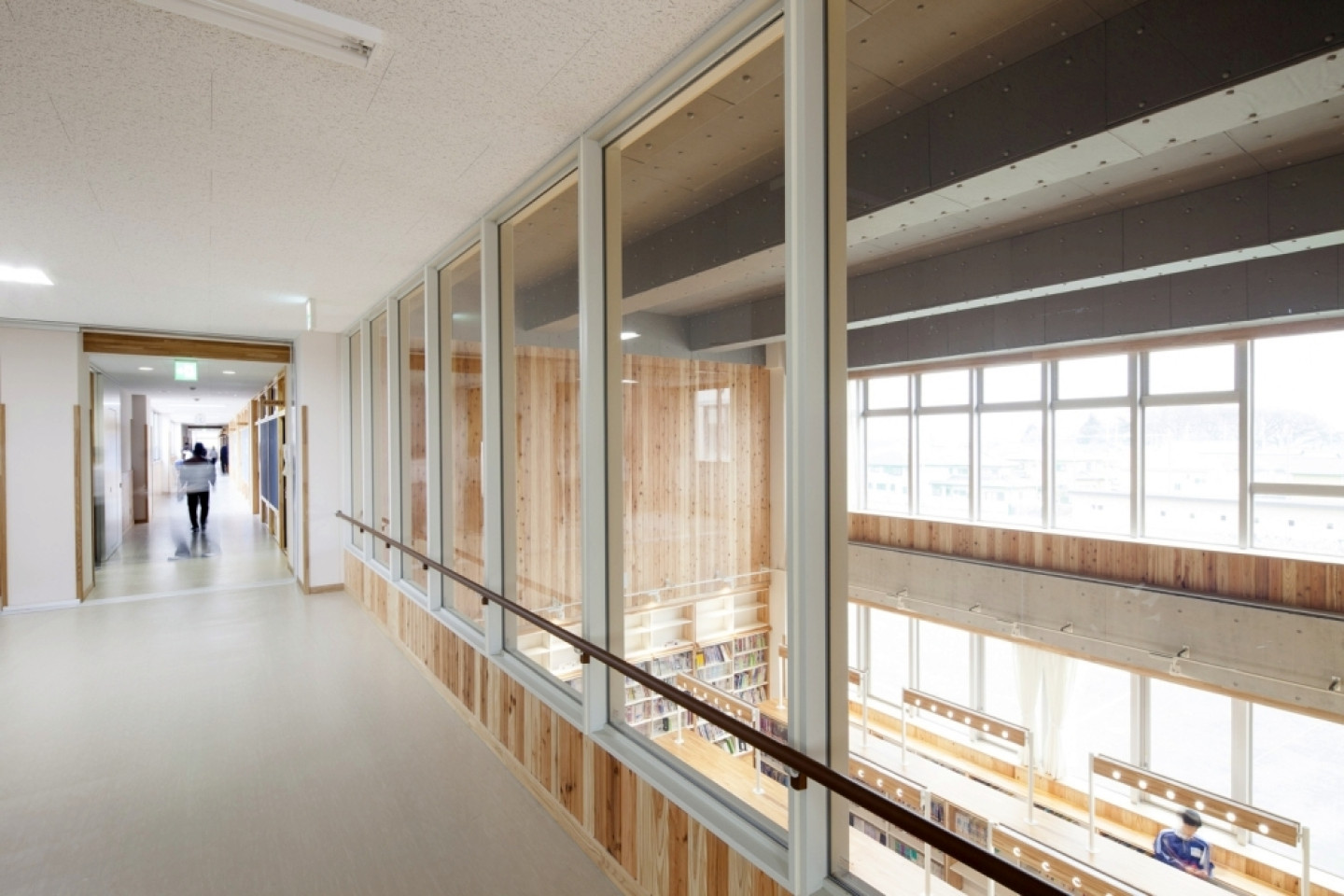Ceramic Glass Ltd is playing a direct part in the fight against Covid-19, in support of the NHS. As part of our commitment to them, we are working on critical projects within the medical sector and supplying two NHS trusts, the Norfolk and Norwich University Hospitals NHS Foundation Trust and Cardiff & Vale University Local Health Board of NHS Wales, with our FireLite ceramic glass. Specifically developed to provide robust and stable fire-resistance, FireLite is being used in steel fire doors inside of negative pressure isolation units to protect both patients and key infrastructure.
At what is a difficult time for many, the safety and wellbeing of our staff, customers and suppliers remains our highest priority. Following the latest guidance from the government and Public Health England, our workforce is now working remotely where possible and staying at home in order to help the NHS and protect both themselves and their families.
Despite having a reduced workforce, our production continues. Those still in the factory are working hard and ensuring that we continue to meet the needs of every customer – especially those in the healthcare sector – while adhering to strict social distancing guidelines.
Should we see a further influx of orders from this sector, then those requests will take priority due to the nature of the current situation. We should stress, however, that our materials are available and our supply chains remain robust so we will aim to fulfil every order where we can and keep in contact with our customers should the situation change.
We hope that all our customers, suppliers and distributors remain safe and well at this time and we look forward to the future when a sense of normality can resume. In the meantime, we will continue to monitor and follow the latest guidance from both the government and Public Health England and keep in regular contact with our customers.
Please do not hesitate to get in touch with our team via phone or email should you have any enquiries.









